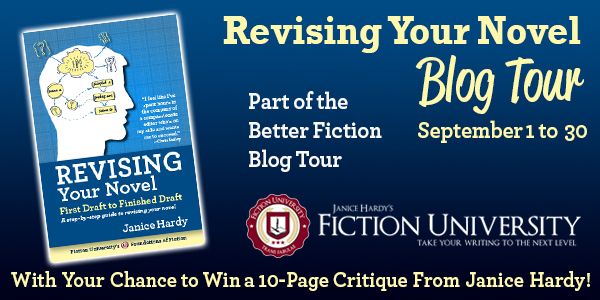
By Janice Hardy, @Janice_Hardy
Foreshadowing might seem like a technique that applies mostly to mystery writers, but all stories rely on the classic “what might happen next?” question. Even in a romance, there are secrets to be revealed and histories to uncover, and where that information is learned affects a novel’s pacing. It’s the need to know that draws readers in and keeps them reading. Drop the right clues at the right time and readers will be glued to the pages.
Well-crafted foreshadowing puts those readers in the right mindset long before they reach a scene, and makes them anticipate that scene. Secrets unfold in surprising, yet inevitable ways, and readers feel as though the clues were there all along if only they’d seen them—because they were.
Too much too soon and there’s nothing left to learn (and no reason to read). Too little for too long risks frustrating readers, because they never learn anything new.
No matter what type of mystery your novel uses, look at where your clues and foreshadows appear. If you’re unsure how these elements should unfold, consider: Continue reading
